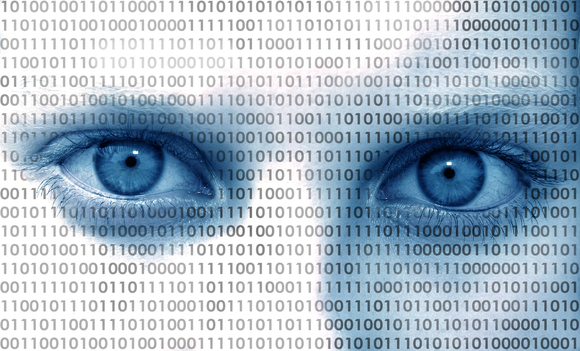How Big Data Impacts Intellectual Property

The world of intellectual property is also being exposed to the influence of the cutting edge analytical tools that fall within the remit of big data, so here is a look at how much tech is making its presence felt in this niche.
Information as currency and the implications for IP
Big data thrives on having access to vast sets of information to feed on, since it is only by being able to comb through a huge number of data points that accurate, actionable conclusions can be drawn.
This creates something of a conflict from an IP perspective, since there are ongoing attempts to better protect the rights of creators in the digital age; attempts which could be seen as contrary to the needs of big data.
Simply put, big data is about unfettered use of information, whereas classic IP protection is about preventing this. An IP lawyer can help with understanding the intricacies of this issue, but on the surface it appears that each is pulling in opposite directions.
In order to operate a big data project without falling foul of copyright laws, it is theoretically necessary for those responsible for the study to get in touch with every individual author who is represented in the dataset and ask for their permission to use the work they have created. This is a huge resources-sink and is being used as a motivation to reconfigure the way data is accrued and collated.
IP rights for big data creators
The other aspect which needs to be considered is that the products of big data initiatives can themselves potentially qualify as intellectual property and thus be afforded protection under copyright law.
It is also the case that the format of a database itself can be singled out as a unique creation that cannot therefore be copied or infringed upon by any other parties without the author’s express permission, whether or not the individual points of information it contains are themselves considered to be worthy of IP protection.
There is also the question of what counts as authorship in a big data context, since of course much of the heavy lifting is performed automatically by software, blurring the lines between flesh-and-blood creators and the works that their creations produce without their direct involvement. Most agree that existing legislation in certain regions, such as the Database Directive, is sorely inadequate today as a result.
The grey area of data obtainment
In yet another complication to the issue of IP in a big data context, there is also a muddying of the waters when it comes to the way that datasets are compiled.
Information can still be collected directly of course, but it is far more common for databases to be populated using information that is harvested automatically from a broad range of sources. For example, the rise of the IoT (internet of things) has given tech firms access to colossal amounts of data, generated in real time by myriad devices used by consumers. Various courses on big data also demonstrate the way IoT has changed the data obtaining and, more importantly, it shows the fact that everyone can start doing it after necessary training.
Debate also surrounds the distinction between whether the IoT is technically generating data over which a company might claim ownership, or obtaining it through processes which have thousands or even millions of individual authors.
More recent regulatory changes, including the wide-ranging GDPR, are shaking up approaches to IP in big data, although as the market continues to grow, legislators will need to keep playing catch-up in order to avoid even more ambiguity taking hold.

























